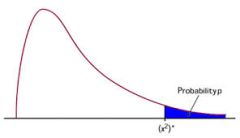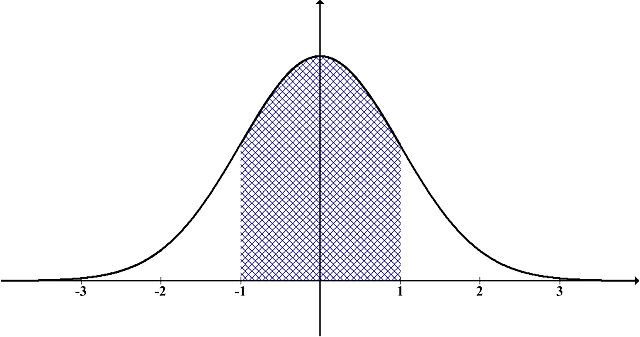Z-test: One Population Proportion
Instructions: This calculator conducts a Z-test for one population proportion (p). Please select the null and alternative hypotheses, type the hypothesized population proportion \(p_0\), the significance level \(\alpha\), the sample proportion or number o favorable cases, and the sample size, and the results of the z-test for one proportion will be displayed for you:
Z-Test for One Population Proportion
More about the z-test for one population proportion so you can better interpret the results obtained by this solver: A z-test for one proportion is a hypothesis test that attempts to make a claim about the population proportion (p) for a certain population attribute (proportion of males, proportion of people underage). The test has two non-overlapping hypotheses, the null and the alternative hypothesis. The null hypothesis is a statement about the population proportion, which corresponds to the assumption of no effect, and the alternative hypothesis is the complementary hypothesis to the null hypothesis. The main properties of a one sample z-test for one population proportion are:
- Depending on our knowledge about the "no effect" situation, the z-test can be two-tailed, left-tailed or right-tailed
- The main principle of hypothesis testing is that the null hypothesis is rejected if the test statistic obtained is sufficiently unlikely under the assumption that the null hypothesis is true
- The sampling distribution used to construct the test statistics is approximately normal
- The p-value is the probability of obtaining sample results as extreme or more extreme than the sample results obtained, under the assumption that the null hypothesis is true
- In a hypothesis tests there are two types of errors. Type I error occurs when we reject a true null hypothesis, and the Type II error occurs when we fail to reject a false null hypothesis
The formula for a z-statistic is
\[z = \frac{\bar p - p_0 }{\sqrt{p_0(1-p_0)/n}}\]The null hypothesis is rejected when the z-statistic lies on the rejection region, which is determined by the significance level (\(\alpha\)) and the type of tail (two-tailed, left-tailed or right-tailed).
This one proportion z test calculator will allow you to compute the critical values are p-values for this one sample proportion test, that will help you decide whether or not the sample data provides enough evidence to reject the null hypothesis. If instead, what you want to do is to compare two sample proportions, you can use this z-test for two proportions calculator , which will help you assess whether the two sample proportions differ significantly.





